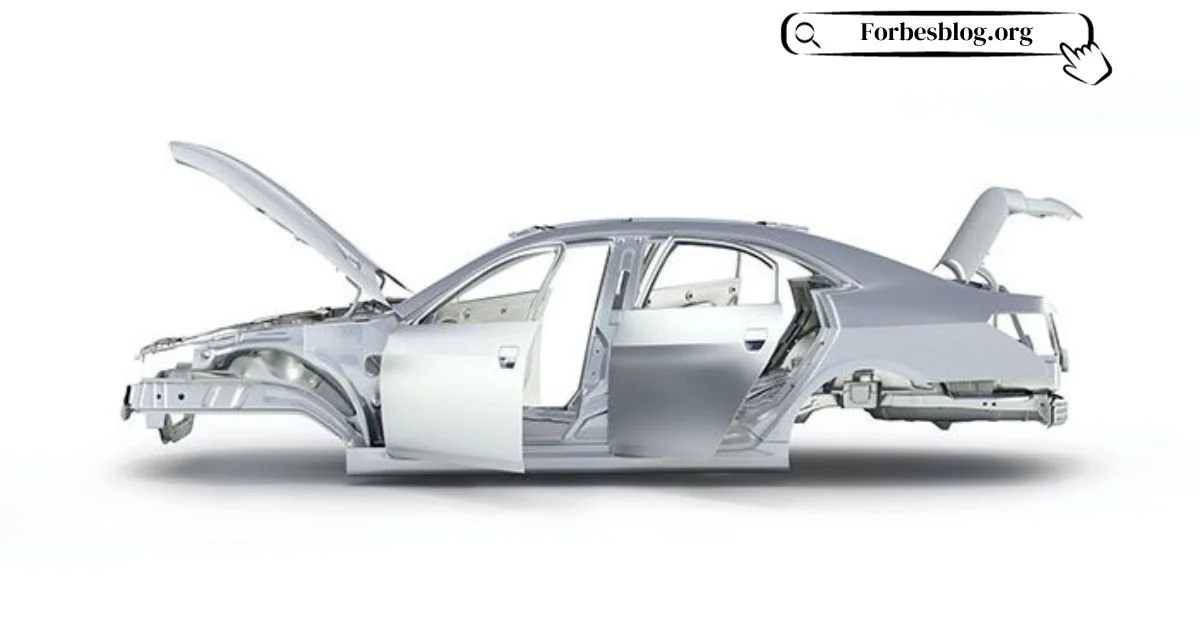Laminates are an area of automobile construction that is seeing consistent improvement and innovation. Proper application of automotive laminates can improve a car’s performance, improve safety, reduce noise, and protect electronic components. Here is a brief overview of three common use cases and the issues that laminates can help prevent.
Table of Contents
Three Common Automotive Laminate Application
-
Improve In Cabin Noise
In automotive design noise issues in the cabin affecting both driver and passenger are common complaints. A noisy cabin can negatively affect how an automobile model is perceived by consumers and this can reduce overall sales. Proper application of laminates can reduce noise, making for a quieter, more comfortable cabin which can be a key selling point of customer satisfaction. In the automotive industry reducing NVH (noise, vibration, and harshness) is an area of specific focus. Improved glass, better interior design, and a reduction in designs that can lead to loosening components causing rattling are some areas where improvements have been made. Applications of laminates can reduce noise by helping silence the squeaking and rattling of various components that loosen due to age and use.
-
Protect Electronic Components
Modern automobiles are becoming more technologically advanced and therefore the need for protecting these sensitive parts has also increased. Electronic features can render a car inoperable or unsafe to drive. Laminates can be applied to protect electronic components and wiring from electromagnetic feedback and other electrical issues. This allows for the further integration of electronic components without the fear of possible damage or lack of functionality during common automotive operations. The most common electrical issues an automobile owner can encounter include blown fuses, issues with lighting (both interior and exterior), blown connectors, damage to the battery, wiring shorts, and issues with sensors. Damage or problems with sensors are notable problems in modern automobiles many of which make use of automated safety features that require effective and precise sensors to operate as designed.
-
Heat Control
In automotive operation, heat collects under the hood due to the activity of the engine during ordinary operation. An engine that runs too hot can become damaged or have its useful lifespan greatly reduced. A reflective laminate tape can be used to reflect and disperse heat, making the area under the hood cooler and reducing heat-related hazards. Heat can greatly damage an automobile in many ways. These include damage to moving parts, valves, and hoses. Oil breakdown is a notable issue as it can cause damage and build-up in the engine, leading to reduced performance, reduced fuel efficiency, and possible engine overheating. Also, as many modern engines make use of turbocharging, the damage heat does to automotive fluids can negatively impact this part of an automobile’s engine.
Final Thoughts
Modern automobiles are safer and more feature-rich than ever. Using the proper parts in the design process creates a car that runs well, does not overheat, is quiet, comfortable to drive, and has complex electrical systems that improve the overall driving experience. The addition of laminates and customized laminates can assist in automotive design, assembly, and development. Customized laminates can be used in highly specific use cases to fit your design needs and can address issues that you are encountering.
Visit for more articles: forbesblog.org






